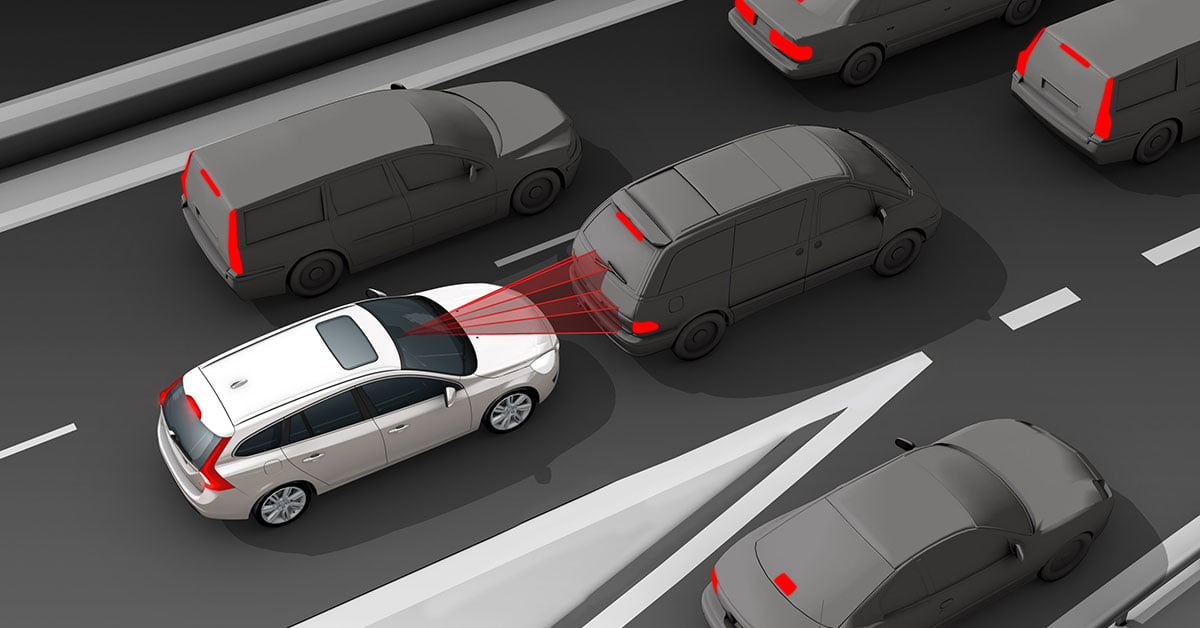Today, most buyers will want to ensure that their hard-earned cash is well-spent on the latest safety features for their cars. But many new safety features come with specific names and jargons, and that could be a challenge for new car buyers to understand. While it is best to have it all for preventive safety, some could be more important to you than others.
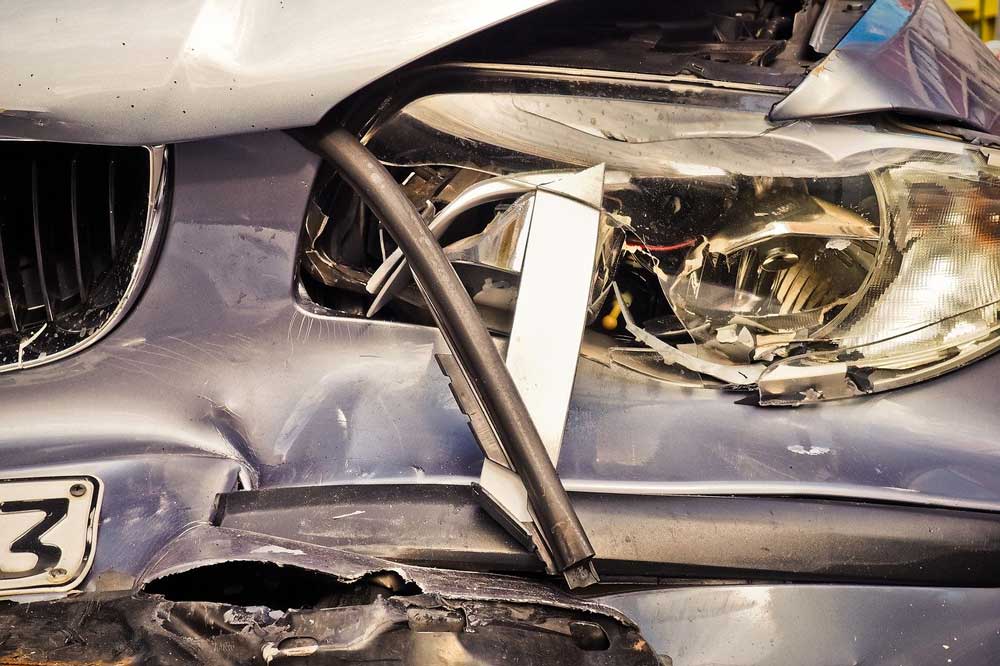
At Carsome, we have put together a list of car safety features listed in the Australia NCAP (ANCAP) safety website that will make your life easier in preventing and lessening the chances of you getting into a major accident. You can also learn more from the website on many other safety features not listed here.
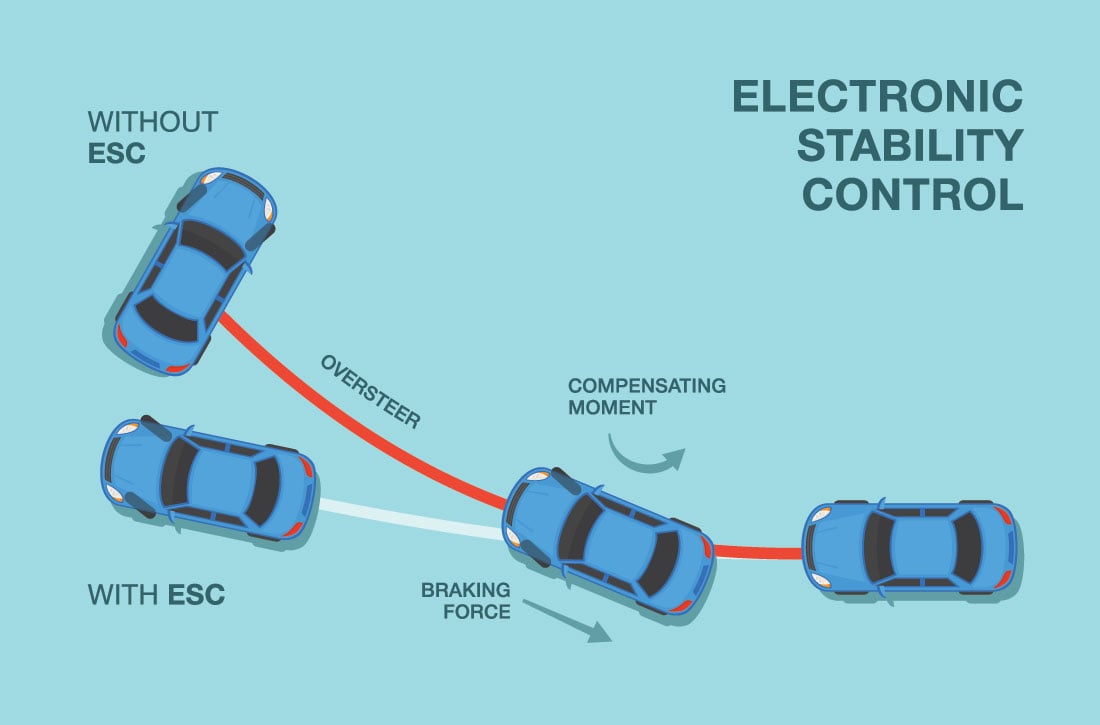
Vehicle Stability Control (VSC) – Also known as Electronic Stability Program (ESP), Vehicle Stability Assist (VSA), or Dynamic Stability Control (DSC), this safety system stabilizes your vehicle during an emergency avoidance. During such an event, the sensors in the vehicle, including ABS, steering and throttle, come together to assess the potential skid, cutting power and applying the necessary brakes to counteract the slide. In short, VSC is present to assist and prevent you from spinning out of control.
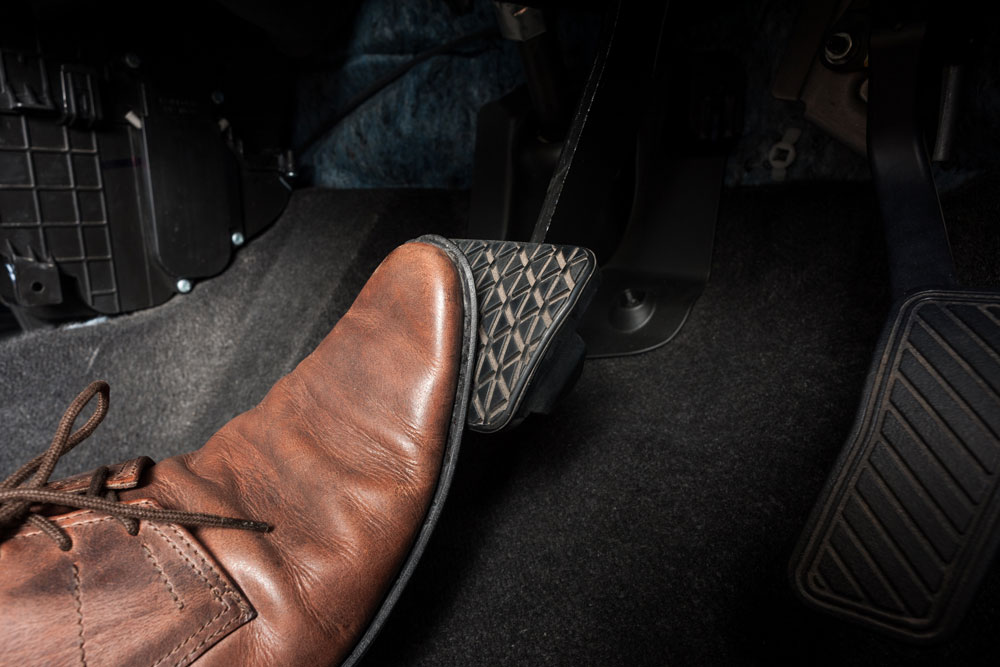
Brake Assist (BA) – Often confused with Anti-lock Braking System (ABS), Brake Assist works in tandem with ABS. Previous research found that most drivers lack applying full force when it comes to an emergency stop. Brake Assist helps the driver with a stronger braking force when the system detects the immediacy on the brake pedal. Together with ABS, both technologies are meant to stop the vehicle quickly and with better control.
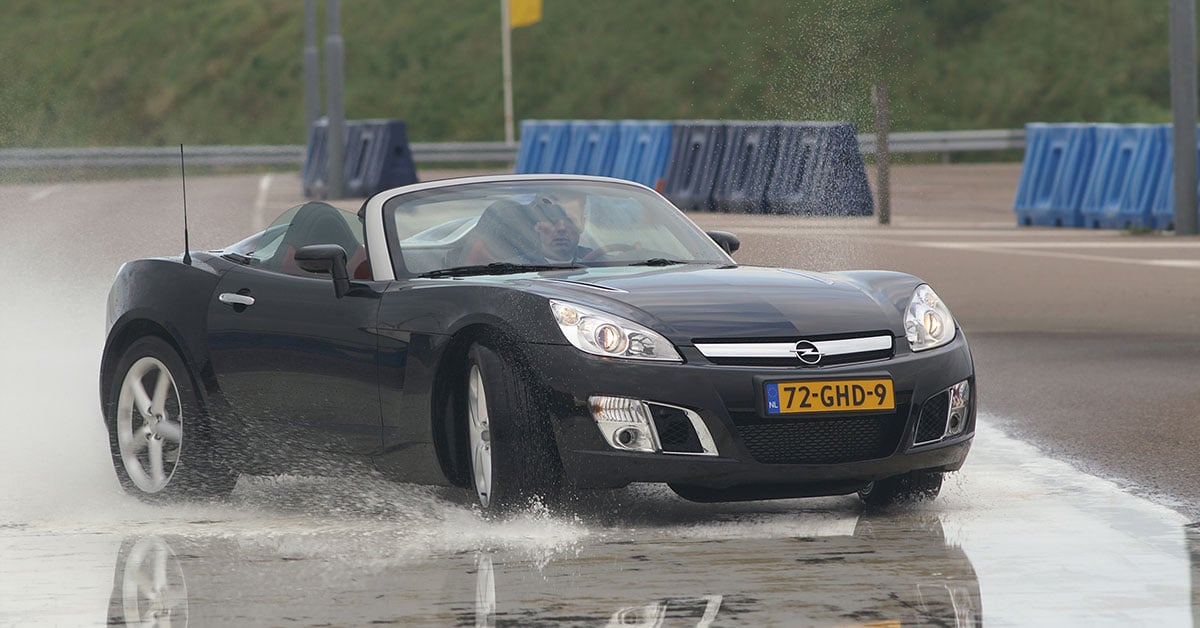
Traction Control System (TCS) – Just like ABS is meant to prevent the wheels from locking during hard braking, TCS stops your wheels from slipping during acceleration. In surfaces with low traction, the system will intervene to provide the best balance of throttle for traction.
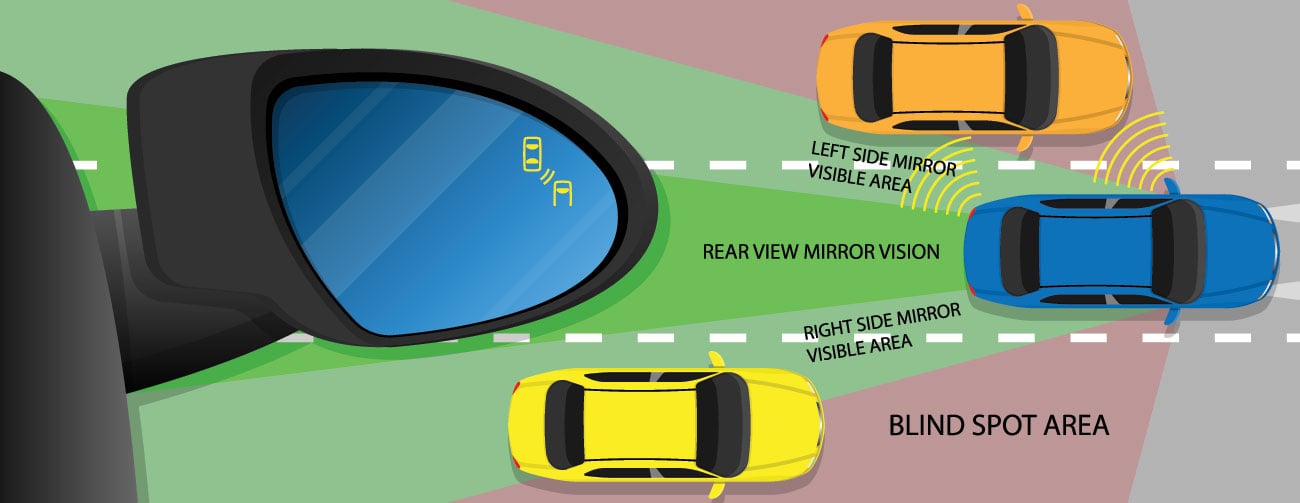
Blind Spot Warning System – In most cars with this feature, lights and sensors located underneath and on the side mirrors indicate to the driver of an oncoming vehicle situated on either side of their blind spot. The system is commonly paired with an audible alert if the driver attempts to move into the oncoming vehicle’s path.
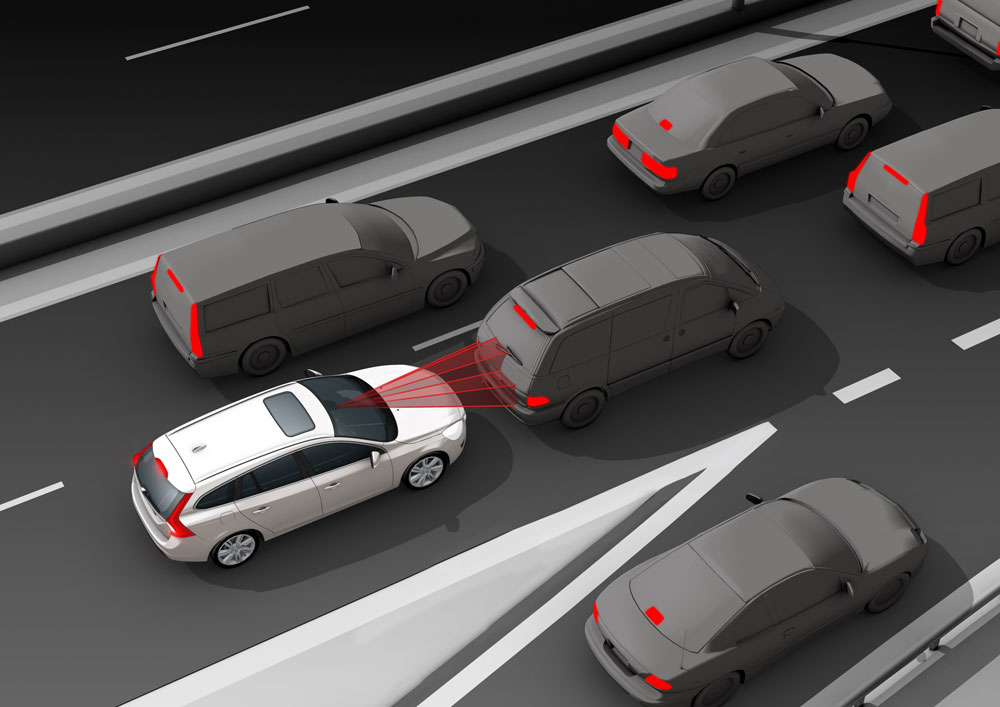
Automatic Emergency Braking (AEB) – This system is often paired with a forward collision warning to warn the driver of an imminent crash. AEB will then automatically apply the brakes when the system realizes the danger to prevent or reduce the severity of an impact. Furthermore, some manufacturers also include pedestrian detection.
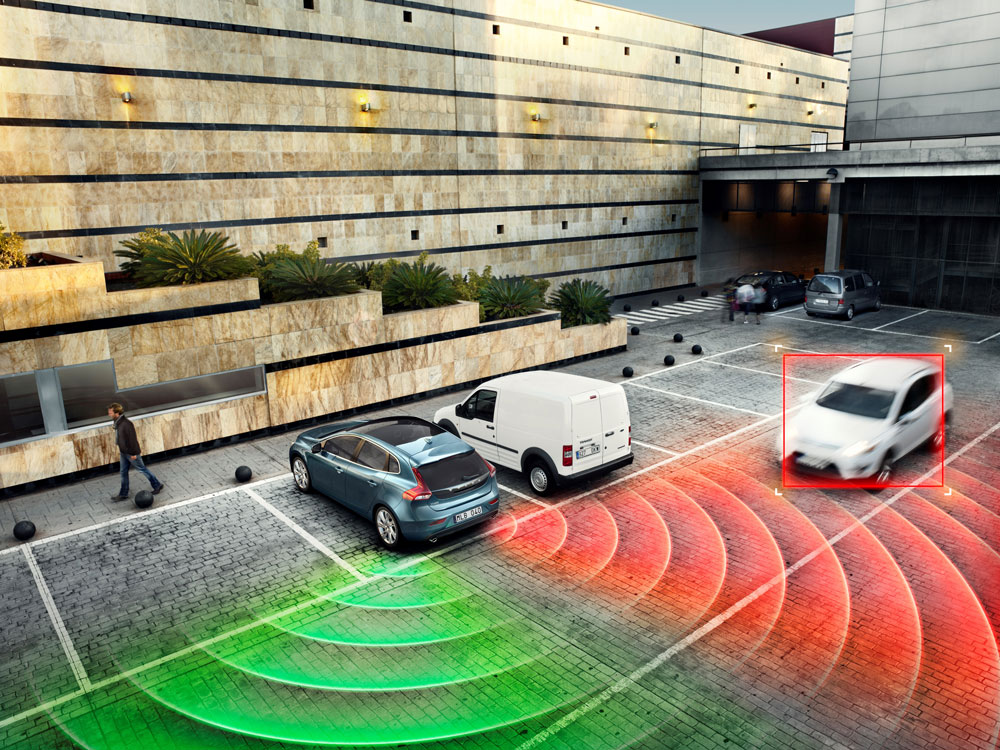
Rear Cross-Traffic Alert – The system utilizes the reverse sensors in the car to notify the driver if there is an oncoming vehicle out of the driver or rear camera view.
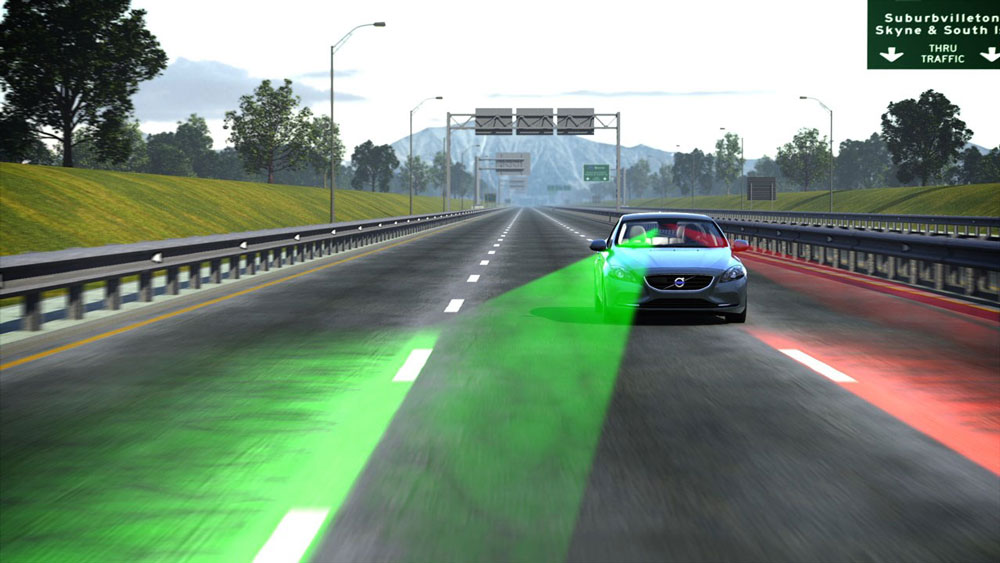
Active Lane Keeping Assist (LKA) – This is a more advanced system that commonly uses forward-facing cameras to detect road lines. When the system detects that the car is swerving away from its lane without the turn signal activated, the system would first warn the driver via a steering wheel vibration or audible alert, and then automatically brake one side of the vehicle to bring it back into the lane.
Read here for more stories!
All the features above are commonly available in modern-day Volvos, including the latest XC60 T8 SUV. Read here for our review!
Similarly, Hyundai Ioniq Hybrid is also the most affordable car on the market to feature these safety features. Find out more about the Ioniq here!
Selling your car is easier than you think! Just prepare the right documents before the sale!
Sell your car to Carsome and upgrade your ride for the new year!
